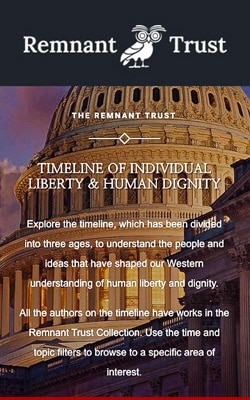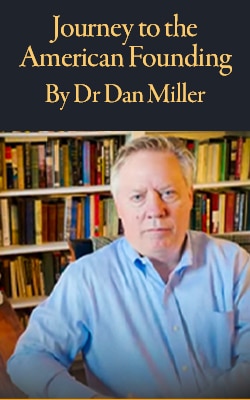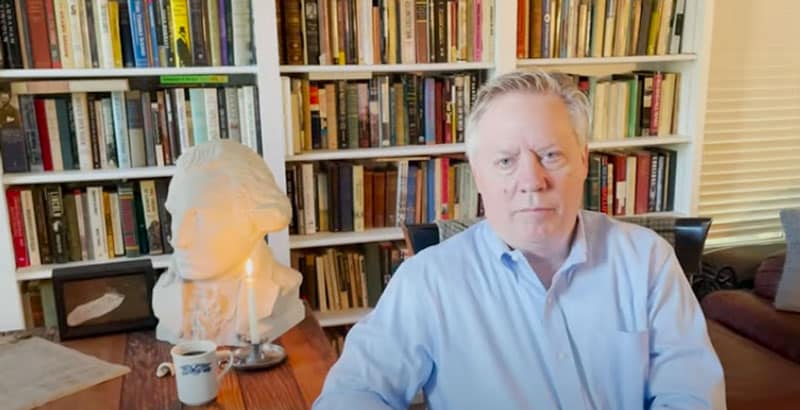Journey to the American Founding
June 1 1773
The stories we’re seeing from the last half of 1772 and early 1773 are a mixture of change and continuity. Surrounding the mixture is an intensification of actions and decisions. The new and old twist together in revolving cycles. The pace is not what it once was—it has picked up speed.
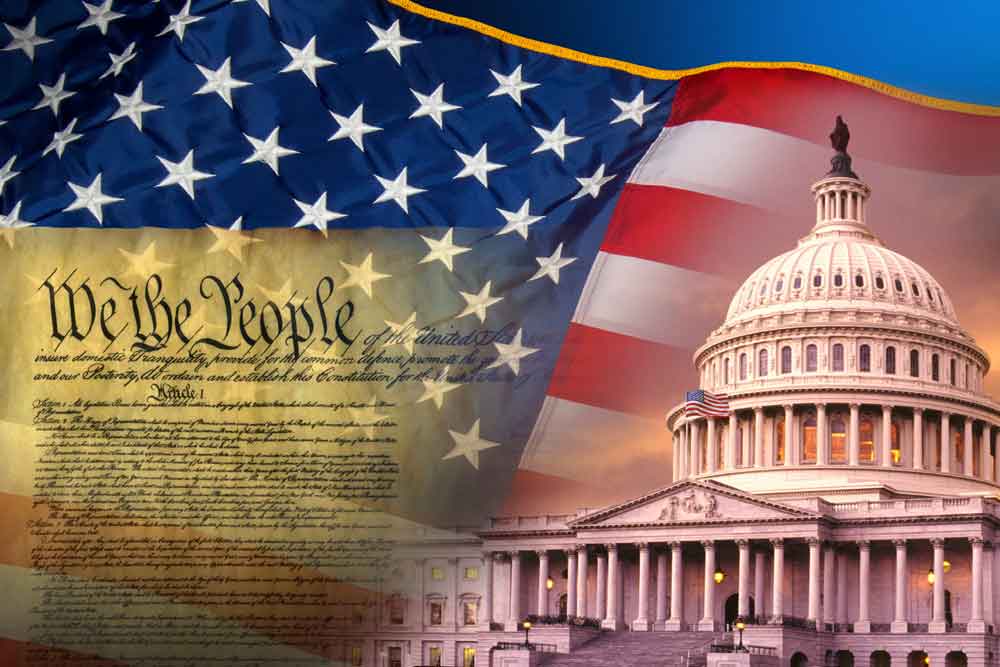
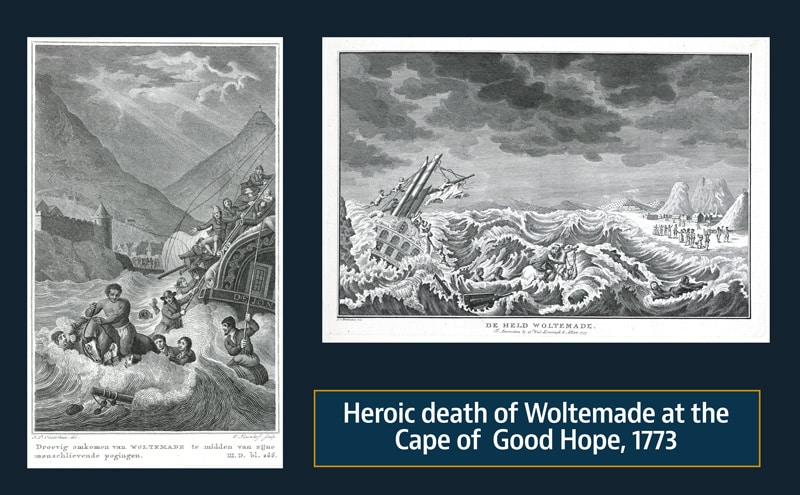
– Rijksmuseum, Amsterdam. Object No. RP-P-OB-75.366
Excerpts from: Americanism Redux: June 1, on the journey to the American Founding, 250 years ago today, in 1773
From terror, panic, uncontrollable fright. Brought on by a penetrating strike into the deepest instinctual sense of self-preservation. . .This horse screams as the weight of six men pulls it down, pulls it under, into the freezing salt water off Africa’s Cape of Good Hope.
It was the animal’s sixth trip into the crashing surf, pushed on by its rider, Wolraad Woltemade, who had decided to do what he could to rescue the sailors clinging for life on the wreckage of the Dutch ship “De Jonge Thomas” on the rocks of Table Bay. Woltemade is 66 years old, a retired employee of the Dutch East India Company. . . He’d demanded his horse’s obedience—go into the lashing waters, toward the stranded men, let one or two men at a time leap from the broken boards and grab the horse’s tail to be dragged back to shore through the deadly surf. . . On the sixth trip into the realm of Poseidon, men could stand no more and when horse and rider appeared, they lunged through the air toward the horse. . . All sink below the roiling surface. People watch from the beaches.
. . . in Boston, ready for sale today is an Almanac where you can read about the tides, the moons, the weather, pithy sayings, recipes, health and wellness advice, farming techniques, and almost anything else you can think of. . . The Almanac as a literary product is sort of an invention of Benjamin Franklin and has helped him gain recognition throughout the British colonies. On the front cover of today’s Almanac will be a printed image of British King George III. It’s one of those things that’s a present but invisible reminder. . . When you don’t see them anymore is when you know a fundamental change has happened.
There’s nothing invisible about what 48-year old Jacob Ehrenzeller will do today. He’ll have words on a paper, obligations spelled out, expectations firm and fixed. The future; it’s the day when the future begins for his 16-year old son. . .. in the most innovative city of North America, he gives medical advice to people, to patients, who come to him in the tavern that he currently owns and operates. So, today, 250 years ago, Jacob the Elder meets with leaders of Pennsylvania Hospital, the continent’s first formal facility for healthcare services—Benjamin Franklin is among its founders. Jacob the Elder and the hospital’s leaders sign a document today that bounds Jacob the Younger as an indentured apprentice to the hospital for a period of five years and three months, during which he WILL NOT have sex, play cards, or buy personal products or items . . . Today, father signs, son nods, and the River flows ahead to tomorrow.
Also
. . . Today, drowning in debt, most members of the Cherokee and some members of the Muskogee native tribes accept obligations written on paper. The natives are struggling with debts built up for a lifestyle they’ve slipped into. They’ve become accustomed to such things as thick blankets for cold nights, paint for facial art, sturdy pots and pans for cooking, beads for fashion and artwork, guns and ammunition for hunting, and rum for relaxation and, sadly, addictive escape. . . Today, they agree to abide by a treaty called Augusta in the British colony of Georgia, surrendering two million acres of land to Georgia’s colonial representatives for paying off native debt. . .
For You Now
- Dying to save the lives of others.
- The far-away image on a guide to practical living.
- A parent frames a child’s future.
- A lifestyle preferred feeds a debt unsustainable.
On a single day we see a thing here connected to a thing there. Our four stories: life-saving and death-making; practicality immediate and symbolism distant; plans in the present and goals in the future; and possessions owned and payment owed. Each is a pair and a pair implies connection.
The connection is the crux of it. . . And does the connection speak of true for the time or truth across time?
Suggestion
Consider a pair of thing-here and thing-there that expresses a key point about who Americans are right now. Remember that in so choosing this pair, you need to know the nature of the connection within the pair itself. And do the same consideration for who you are as an American.
TITLE: Americanism Redux: June 1, on the journey to the American Founding, 250 years ago today, in 1773
By Dr. Dan Miller
To know us better then is to know us more fully now. Welcome to Americanism Redux and my one-a-week stories of 250 years ago. For the all the stories thus far, Visit Historical Solutions, Dr Dan Miller’s website>
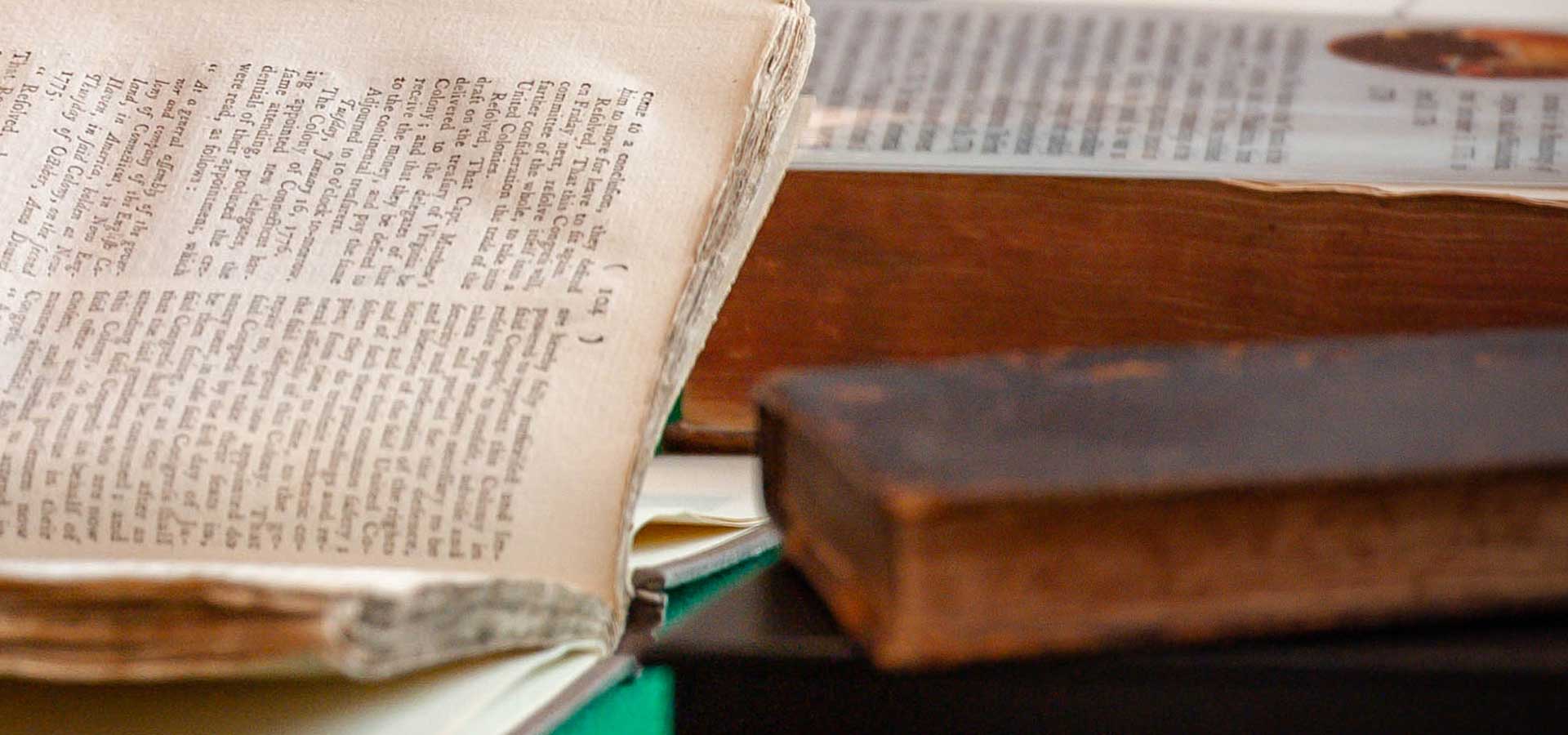
Reference: The Remnant Trust Collection
The Crockett Almanac of 1839 – Reference #0628
“Almanacs became a long-standing American cultural fixture.”
View The Remnant Trust “Wisdom of the Ages Athenaeum PDF for reference>
Journey to the American Founding
Welcome to Americanism Redux, a series by historian author, Dr. Dan Miller. He explores what Americanism meant 250 years ago and its significance for America today.
What Can I Do?
We invite you to share our passion for Individual Liberty and Human Dignity to a new generation including educators, students, business leaders and Americans from all walks of life.
